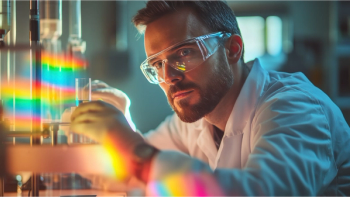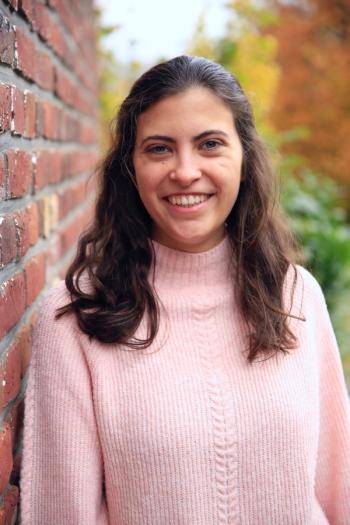
Jelle Hendrix Receives 2020 Young Fluorescence Investigator Award
Jelle Hendrix, an assistant professor at the Biomedical Research Insititute of Hasselt University in Belgium, has received the 2020 Young Fluorescence Investigator Award.
Jelle Hendrix, an assistant professor at the Biomedical Research Insititute of Hasselt University in Belgium, has received the 2020 Young Fluorescence Investigator Award. Hendrix was selected by the Biological Fluorescence Subgroup of the Biophysical Society.
Horiba Scientific, the sponsor of this award since 1997, presented a check for $1000 to Hendrix. Hendrix then gave a 20-minute talk titled “Raster Image Correlation Spectroscopy,” describing his research at the Biological Fluorescence Subgroup meeting during the Biophysical Society annual meeting, which was held February 15–19, 2020, in San Diego.
Hendrix received his PhD in Biochemistry from KU Leuven in Belgium. He completed post doctoral research under the supervision of Johan Hofkens at KU Leuven and Don C. Lamb at Ludwig Maximilian University (LMU) of Munich to specialize in single-molecule and time-resolved fluorescence, funded by the Research Foundation Flanders (FWO).
The Young Fluorescence Investigator Award is presented to a researcher who has been nominated by his or her peers for significant advancements or contributions in or using fluorescence methodologies. The candidate must have a PhD and be a pretenured faculty member or a junior level investigator working in the field of fluorescence. Hendrix is the 25th researcher to win the award.
Newsletter
Get essential updates on the latest spectroscopy technologies, regulatory standards, and best practices—subscribe today to Spectroscopy.





